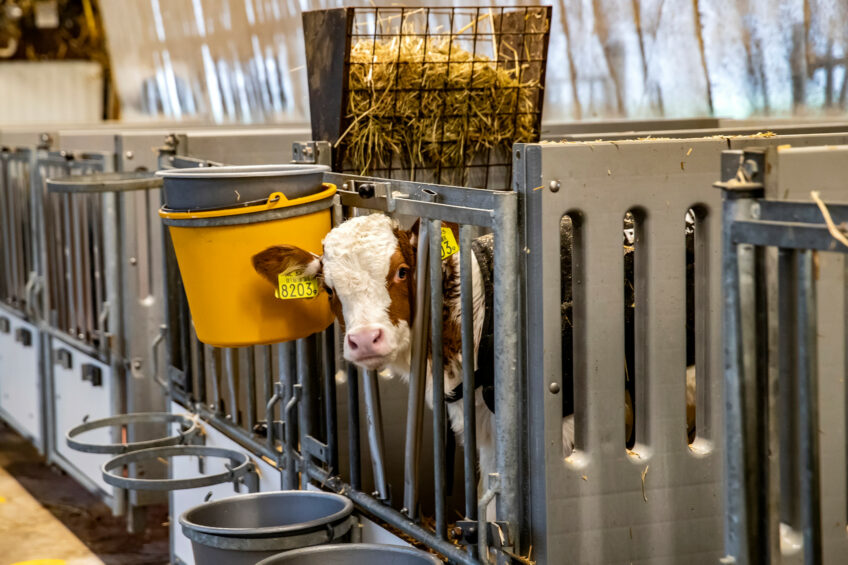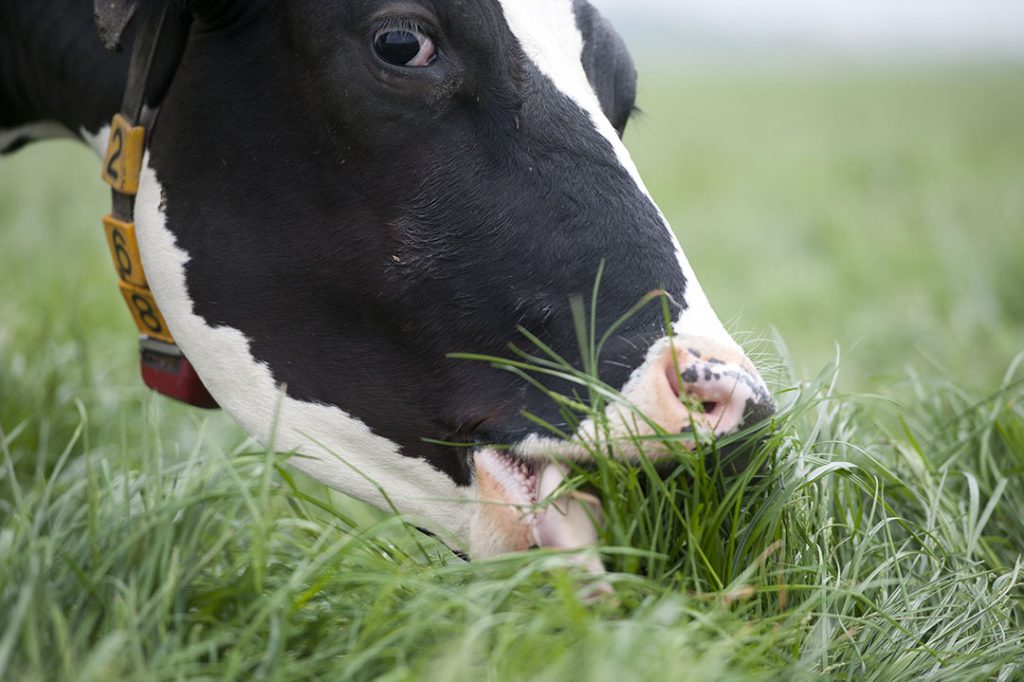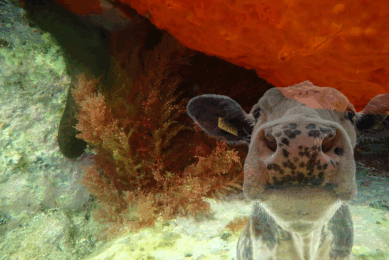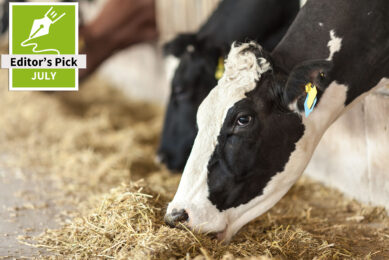Combined benefits of sodium humate and glutamine in dairy calves

In a recent study, researchers have shown that combining sodium humate and glutamine effectively reduces calf diarrhoea while improving growth and intestinal health. Their study is published in the Journal of Animal Physiology and Animal Nutrition.
Reports show that diarrhoea among neonatal calves frequently occurs worldwide and causes huge economic losses in the dairy industry, as it contributes to calf death. Antibiotics have long been used in calves as growth promoters and therapeutic agents for diarrhoea, but their prohibition as growth promoters in calf diets has further accelerated the search for suitable natural alternatives.
Sodium humate (HNa) ,which is derived from the decomposition and transformation of decaying organic matter in the soil, has antimicrobial, antioxidant, anti‐inflammatory and antidiarrheal activities. On the other hand, glutamine (Gln), a non-essential amino acid, is a major fuel source for rapidly dividing cells including enterocytes and macrophages.
Although the effects of HNa on growth promotion are reported in pigs and broilers, information about its impact on pre‐weaned calves is limited. However, a study in calves found that dietary supplementation with 1% Gln significantly improves the growth performance and immune status of weaned calves.
The study
Considering the properties of both sodium humate (HNa) and glutamine (Gln), researchers evaluated their combined benefits in terms of growth performance, the incidence of diarrhoea, immune system and antioxidant status, as well as the faecal microflora of pre‐weaned calves.
In this 57‐day experiment, 28 healthy newborn calves were randomly allocated to 4 treatment groups as follows:
- Control: basal diet without additives)
- Sodium humate (HNa): basal diet + 5% HNa
- Glutamine (Gln): basal diet + 1% Gln
- HNa + Gln: basal diet + 5% HNa + 1% Gln
During this period, calves in the control group were fed a basal diet without additives. HNa and Gln were provided alone or mixed with milk (Days 1–20) or milk replacer (Days 21–57) and orally administered to each calf.
Improving growth performance
The results (Table 1) indicate that calves fed the combined supplementation of sodium humate and glutamine had higher average daily weight gain (ADG) and starter intake compared to the control-fed or the individual additive-fed calves throughout the trial period. In addition, supplementation with either sodium humate or glutamine led to improvements in growth performance compared to the control diet.

Calf health status
The antioxidant status is an important indicator of animal health. Combined administration of HNa and Gln increased the activities of the antioxidant enzymes glutathione peroxidase and superoxide dismutase, and the total antioxidant capacity while decreasing the concentration of malondialdehyde (MDA) in the serum of calves compared to the control group or the individual additive groups, indicating the beneficial antioxidant properties of the combination. The observed antioxidant capacity of HNa and Gln was attributed to the increased antioxidant enzyme activities and possible glutathione synthesis by glutamine; Glutamine is a precursor for the synthesis of glutathione, which is the most important antioxidant and free radical scavenger.
Results also showed that supplementation with a combination of HNa and Gln has a beneficial impact on boosting the immune system in the pre‐weaned calves, as was observed in the increased concentration of immunoglobulin G, A and M (IgG, IgA, and IgM). Further affirming the role of the combined products on immune modulation, the results of the present study showed decreased serum concentration of the pro‐inflammatory cytokine, TNF‐α.
Microbiota modulation and diarrhoea incidence
Previous studies show calf diarrhoea is associated with impaired intestinal barrier function, while intestinal microflora help improve nutrient utilisation and maintain the intestinal barrier function and immunity status of animals. Well‐established intestinal microbiota delivers benefits to the host due to its role in the production of vitamins, immune modulation and the inhibition of pathogens.
In the current study, combined HNa and Gln supplementation increased the abundance of beneficial intestinal bacteria (Bifidobacterium and Lactobacillus) while decreasing the abundance of pathogenic bacteria E. coli in the faeces of pre‐weaned calves (Table 2); E. coli is a primary cause of diarrhoea in pre‐weaned calves. Compared with the control group, calves in the HNa, Gln, and HNa + Gln groups had lower faecal scores and incidence of diarrhoea.
“These observations suggest that the increased growth and lower incidence of diarrhoea in calves caused by combined supplementation with sodium humate and glutamine may be attributed to an underlying improved intestinal barrier function, intestinal microbiota and immune system.”
Humic substances in dairy cows
As previous studies indicate the benefit of humic substances on the nutritive value of lactating dairy cows, further research might focus on the impact of supplementing cows for improved calf health and growth. For example, in a study where humic acid was supplemented to lactating dairy cows at 40 g humic acid/cow/day, researchers found enhanced feed utilisation, lactational performance and milk nutritive value. In this study, humate supplementation also increased milk fat content and positively affected the milk fatty acid profile by improving the proportions of conjugated linoleic acids and unsaturated fatty acids. The higher acetate and propionate concentrations were directly related to the improved neutral detergent fibre, organic matter and non-structural carbohydrates digestibility.











